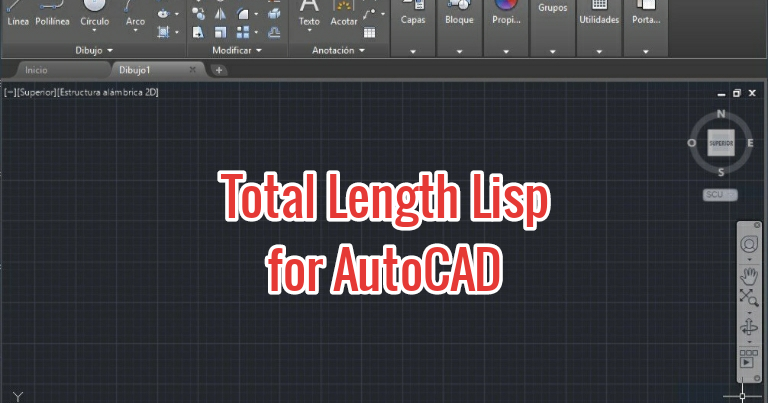

You should be able to use it after you load the program.
#AUTOCAD LISP COMMAND CODE#
I wrote the code to run when I type LB then enter. Estimated time for completion: 5 minutes. There are several ways to load AutoLISP program, but this is the easiest way. Try the following statements at the Command line, first using the (setq) command to specify several points, and then executing AutoCAD commands through AutoLISP. ( command “pline” POINT1 “w” STARTING_WIDTH ENDING_WIDTH POINT2 “”)Ĭommand: pline Specify start point: 2,2 Current line-width is 0.0000 Specify next point or : w Provides great help when we want Control our earrings, To obtain the slope, simply select the line or polyline, the result can be displayed on the screen (command line) or by selecting a text (the value of. ( setq STARTING_WIDTH 0.1 ENDING_WIDTH 0.1 POINT1 “2,2” POINT2 “4,4” ) This command (Autolisp routine) obtains the slope value of a line or a polyline, and also obtains line length, horizontal length and angle. See also Using Additional Point List Functions with autolisp in AutoCADĬommand: circle Specify center point for circle or : Specify radius of circle or : 2 Command: nil Note When command input comes from the AutoLISP command function, the settings of the AutoCAD PICKADD and PICKAUTO system variables are assumed to be 1 and 0, respectively. The (command) function always returns nil.Ĭommand: line Specify first point: 0,0 Specify next point or : 1,5 Specify next point or : Command: nil Commands executed from the command function are not echoed to the command line if the AutoCAD CMDECHO system variable (accessible from setvar and getvar) is set to 0.
#AUTOCAD LISP COMMAND FREE#
With this 'Measure Line' free lisp, by giving single command, all the sides of the boundary will be measured.(Measure each segment of selected poly line.) Download: 5: ConvArc. The (command) function with no arguments is equivalent to canceling the active command. LISP This tutorial is intended for experienced AutoCAD users and assumes you have some familiarity with either LISP or AutoLISP. Doing this using normal AutoCAD techniques will take a lot of time, particularly when there are many segments in the polyline.



 0 kommentar(er)
0 kommentar(er)
